Archive
2020
KubaParis
Un
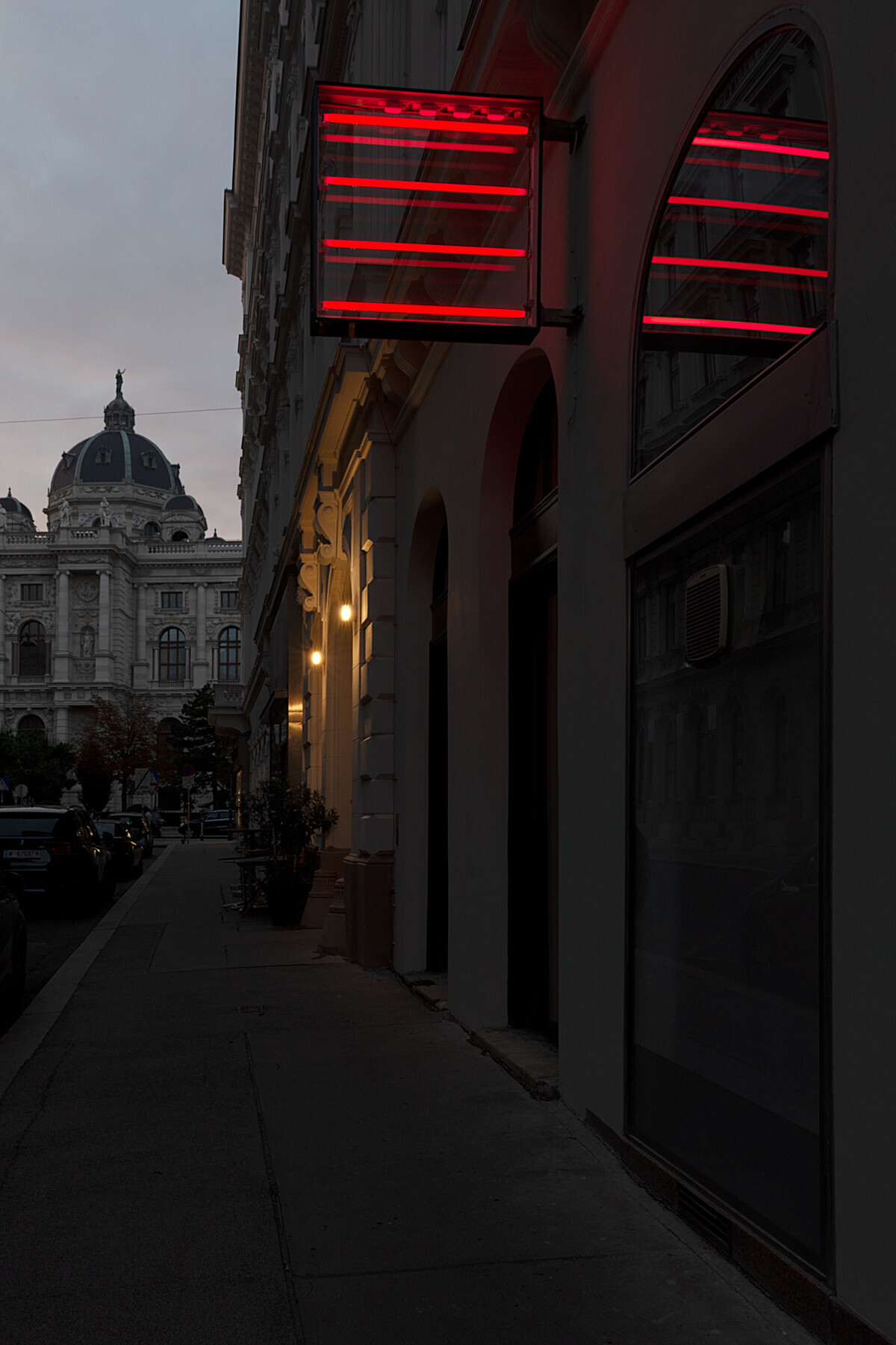




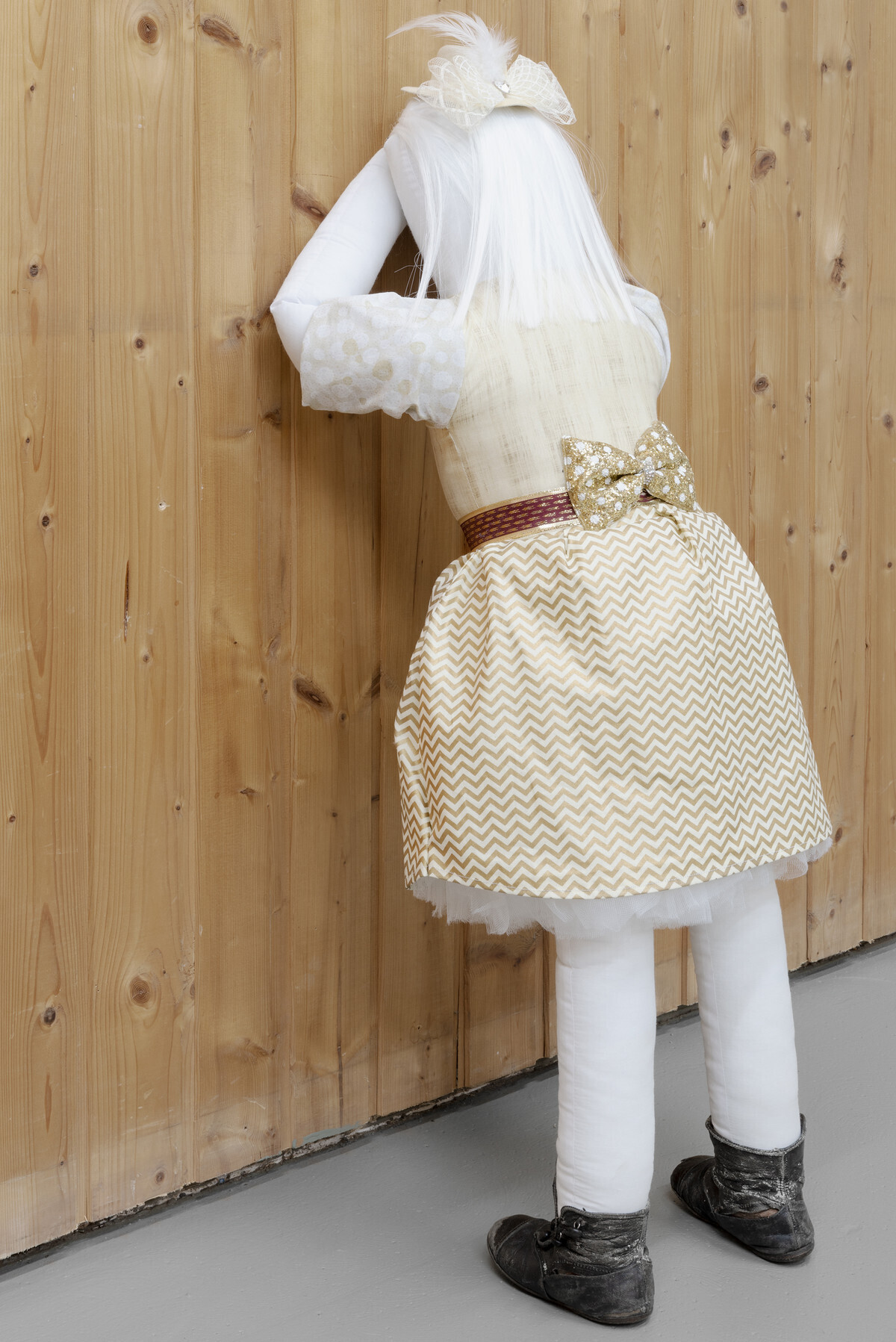
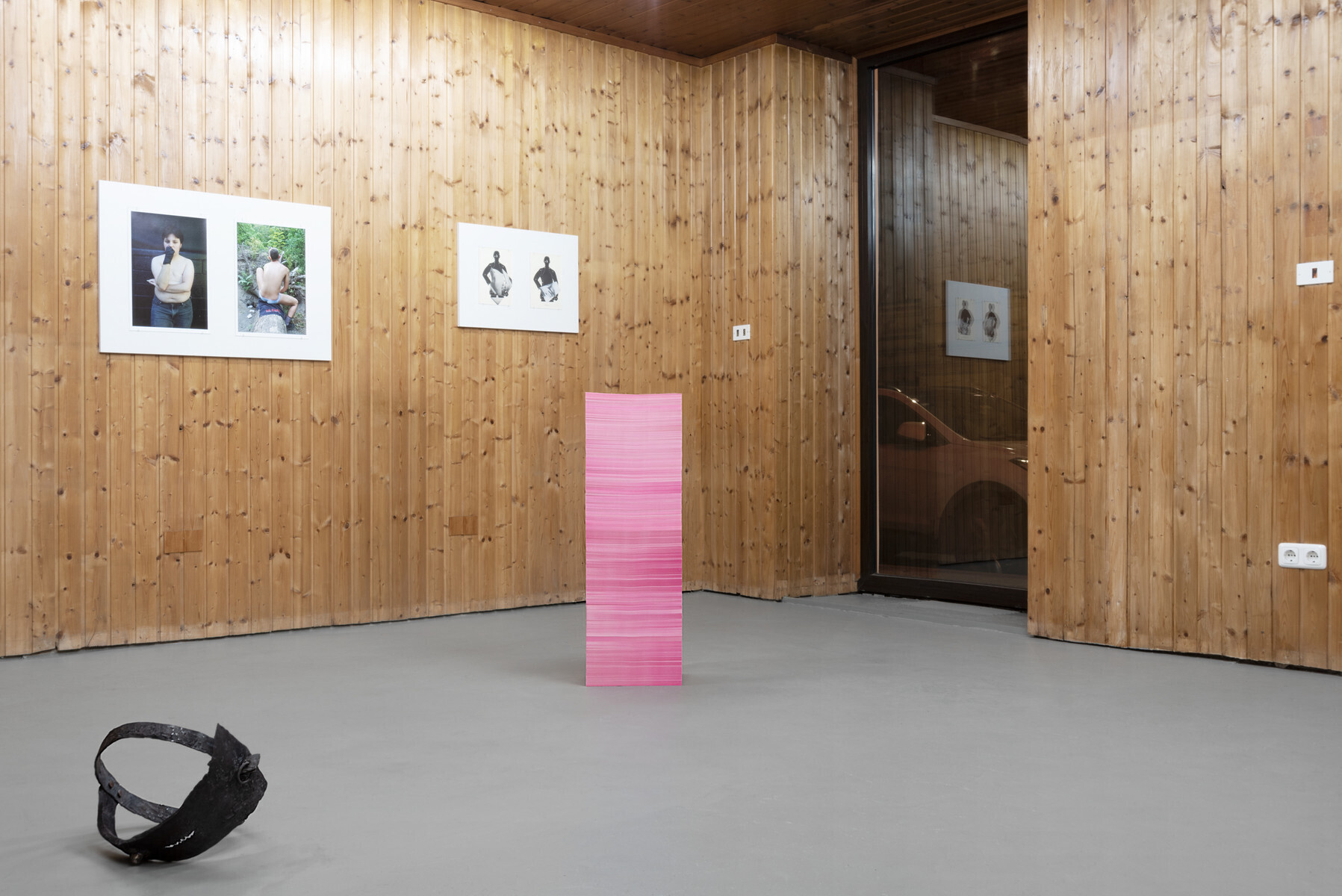


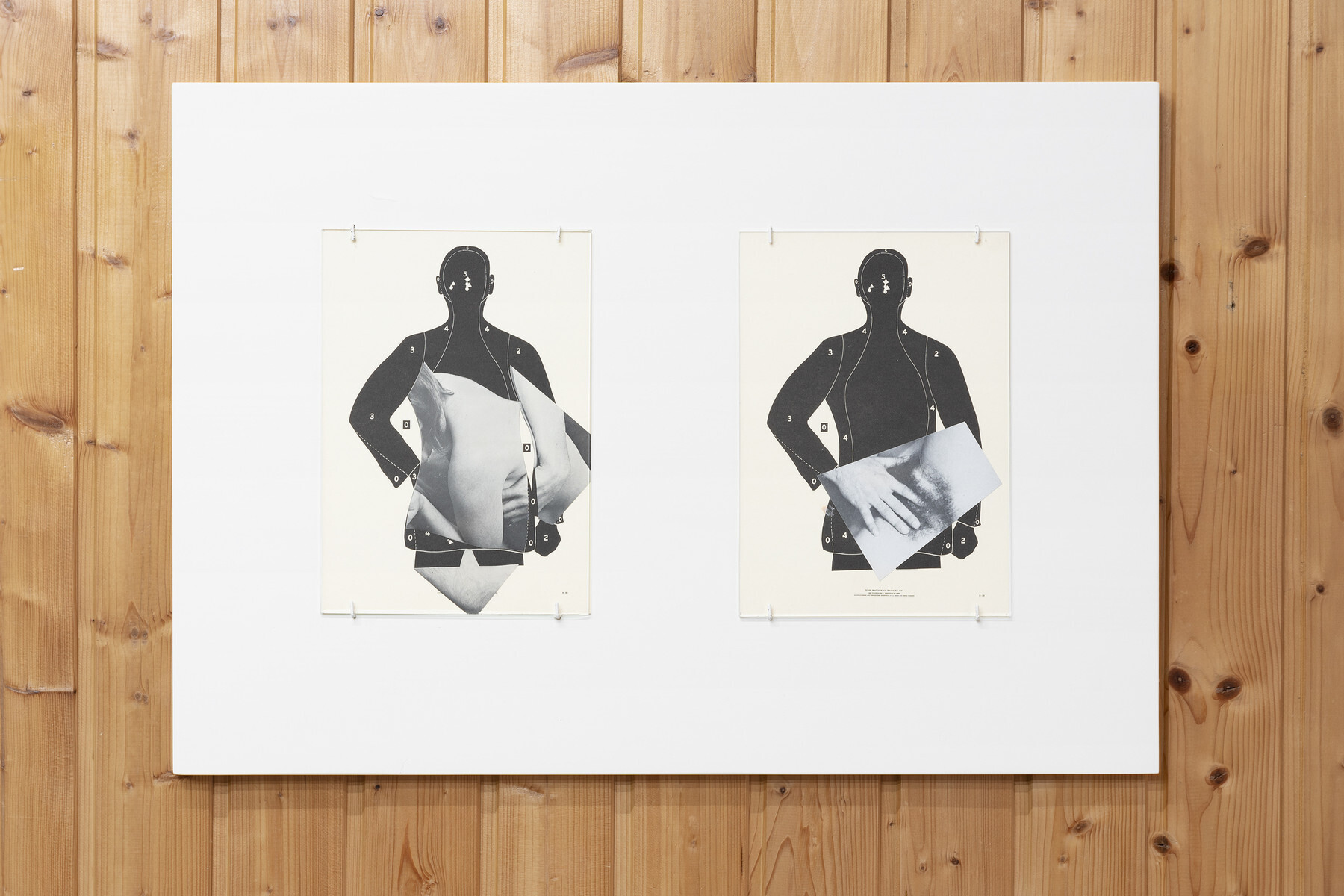


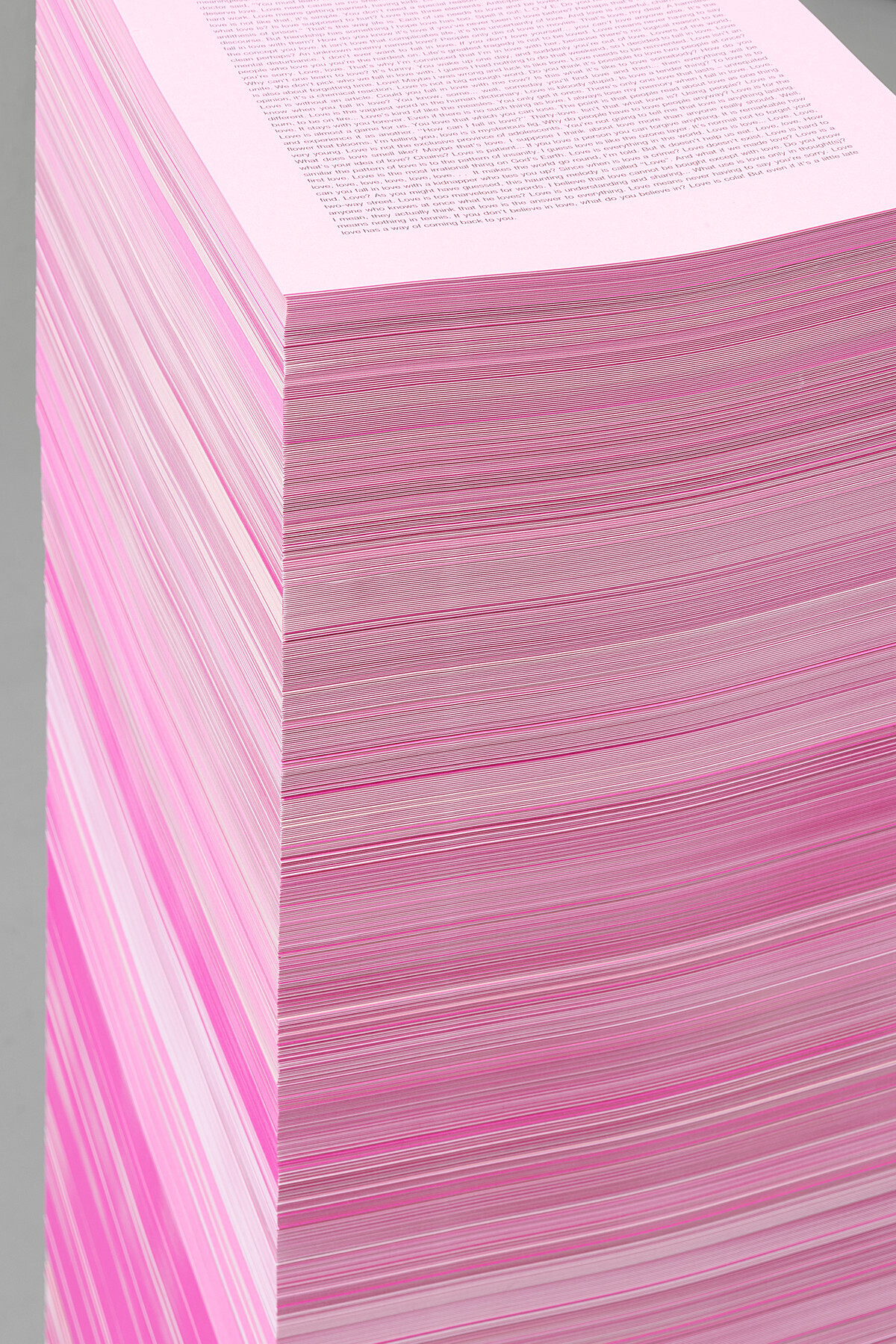
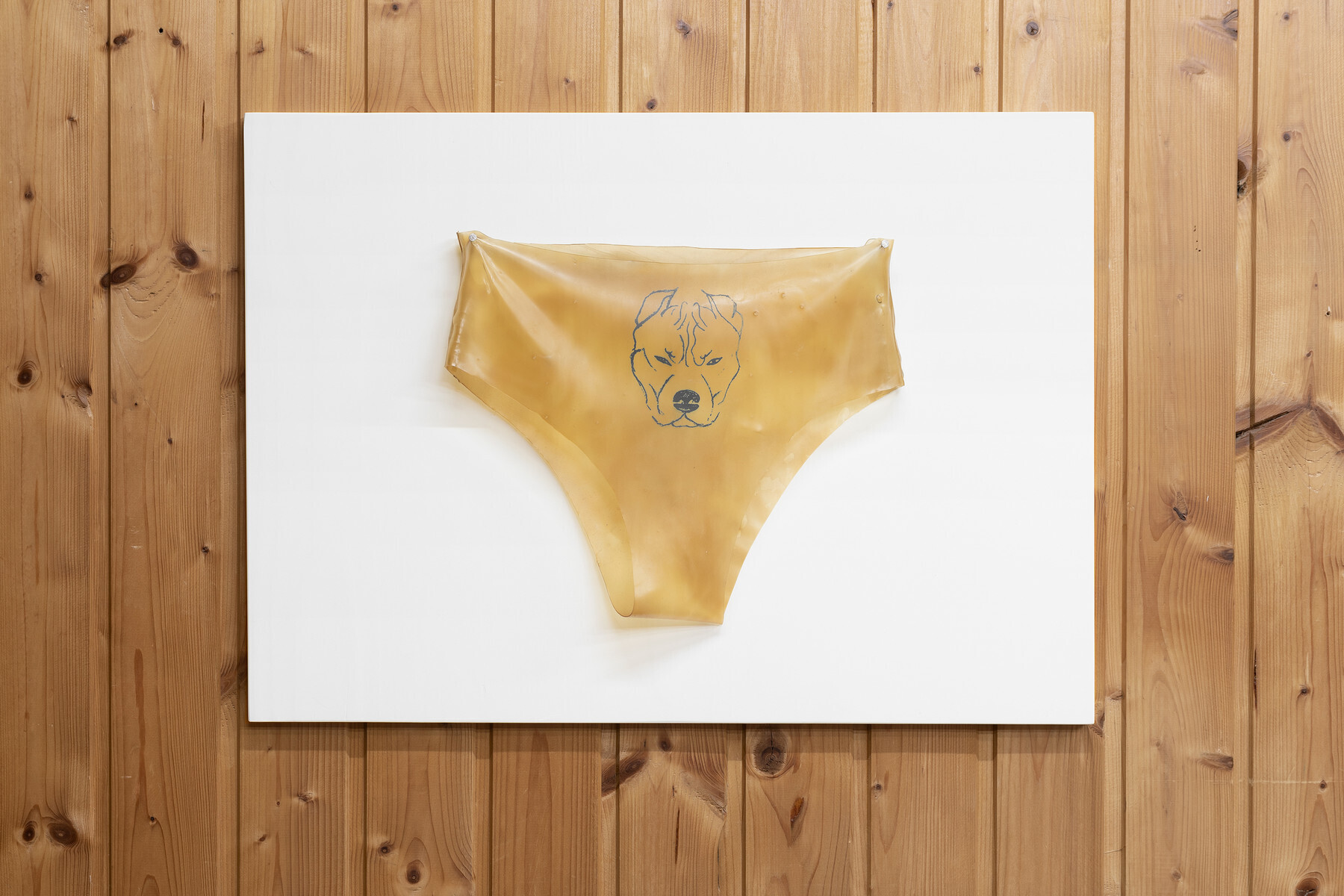
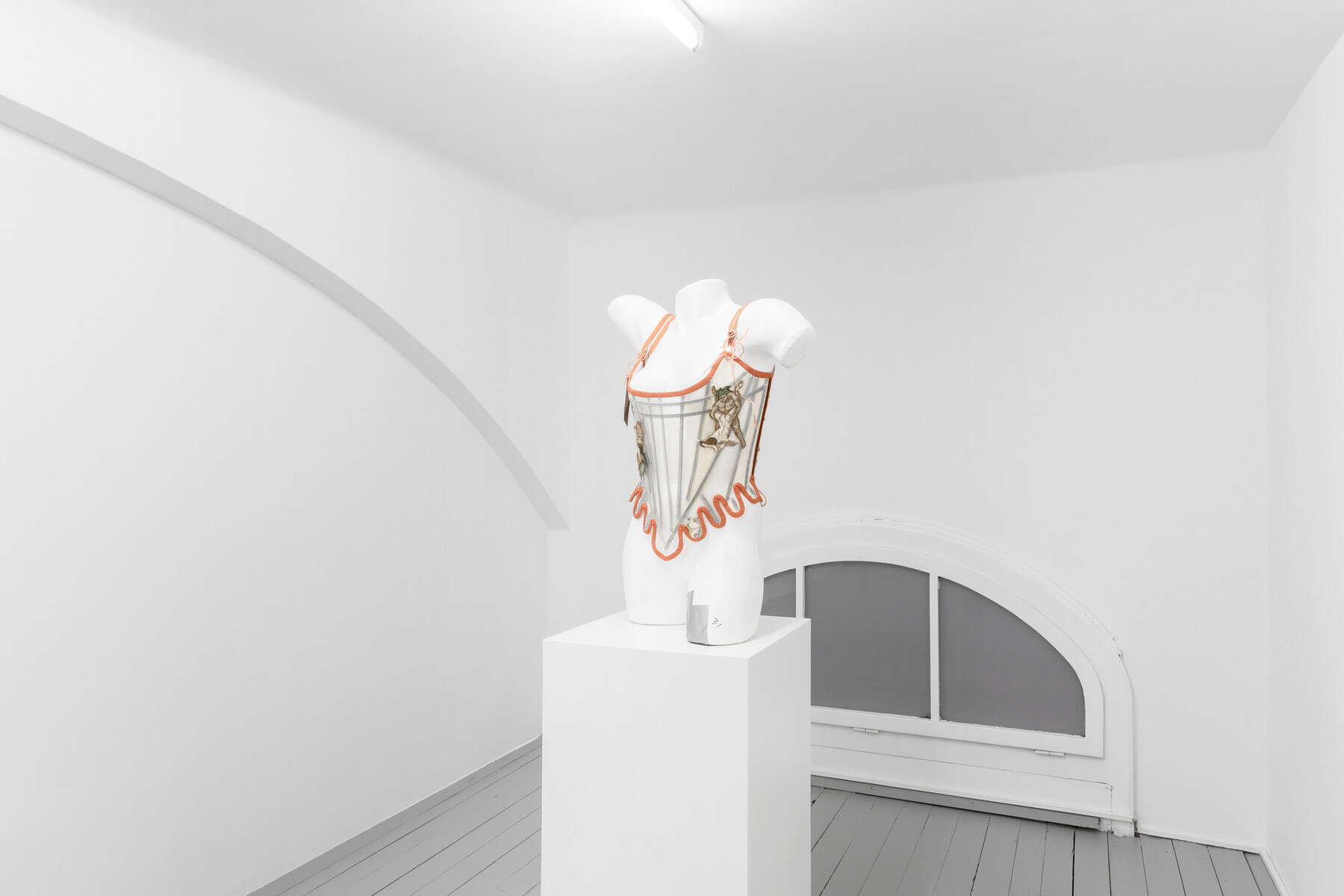
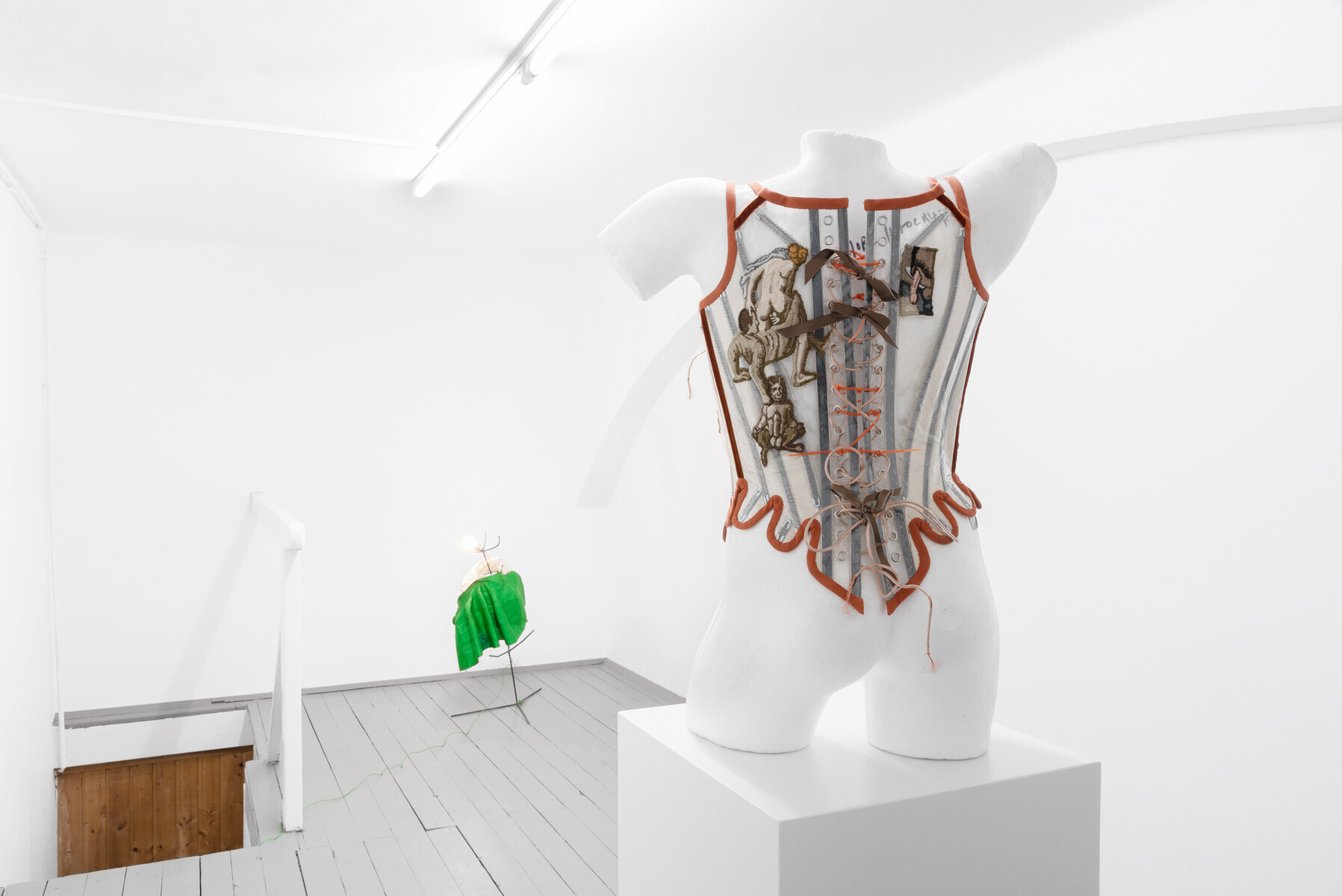
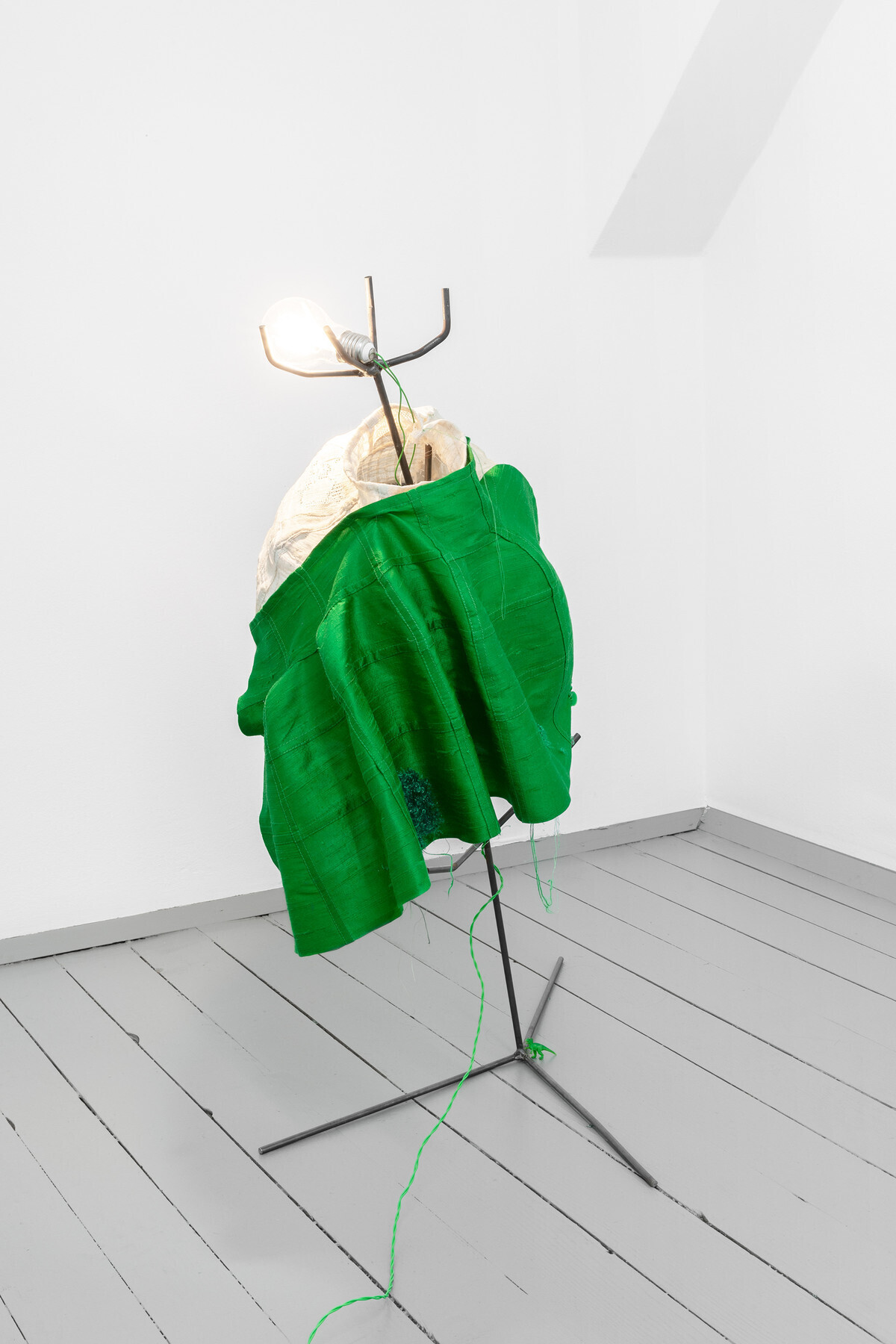
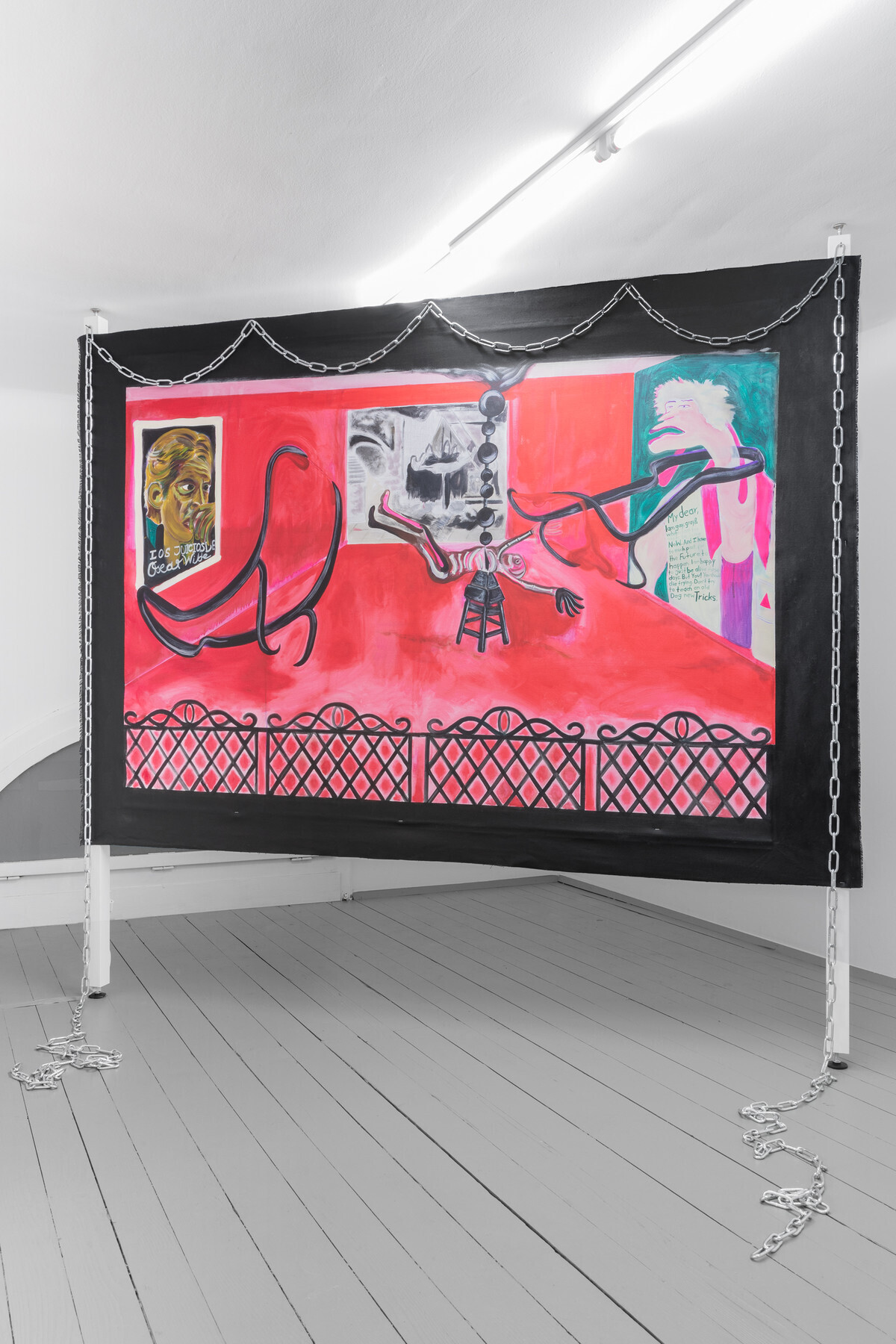
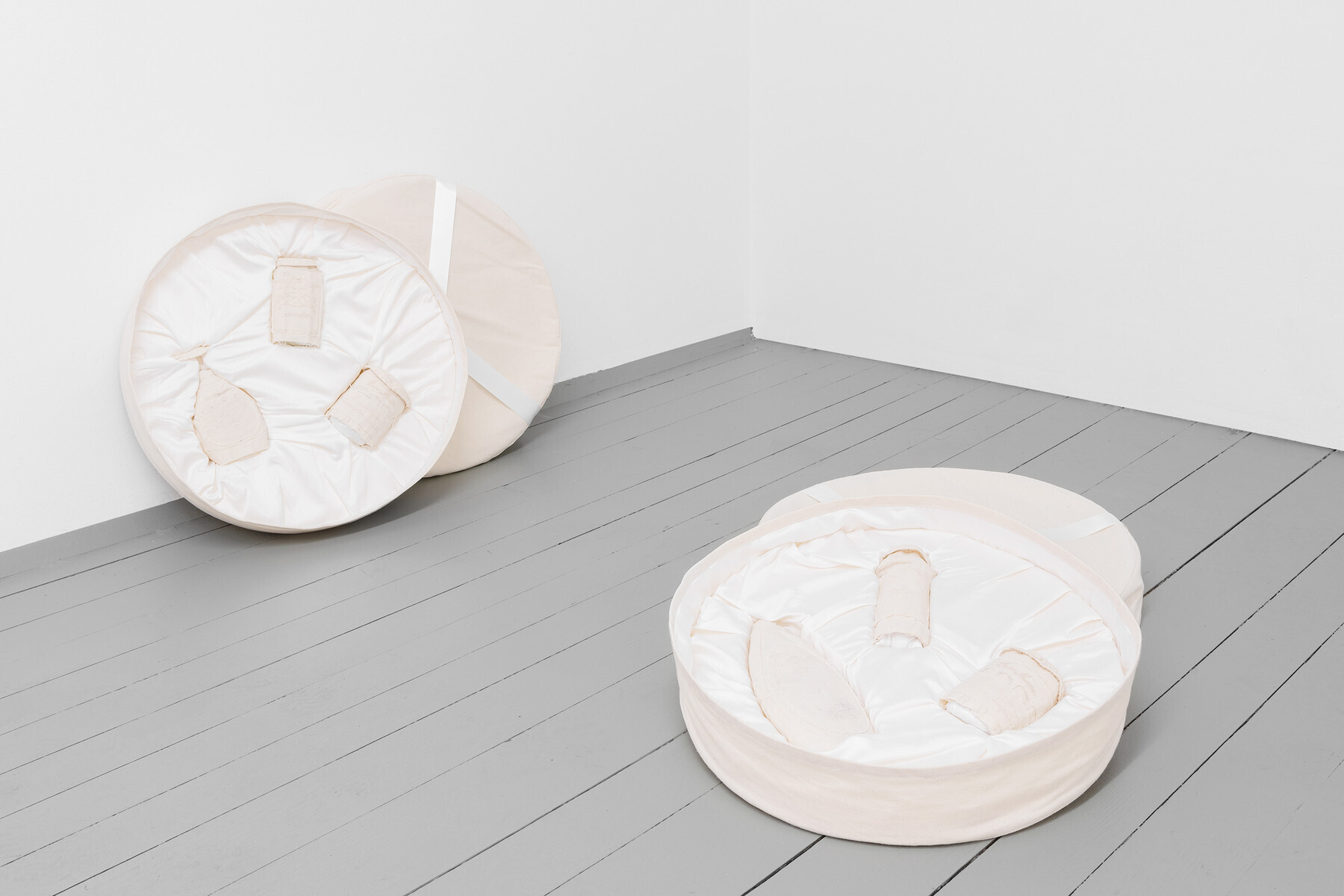
Date
04.09 –16.10.2020Curator
Julius PristauzText
Preface
Dear visitor,
This is not the peak of queer representation.
It actually appears to me to be quite a peculiar case.
Probably it is more a dot on a map, a historically entangled list, an ambiguous story about NEEDING protection as well as about a feeling of NO MORE NEED to hide.
The term Molly House, and the historic phenomenon surrounding it, first caught my attention while reading an accompanying text of the solo exhibition by Henrik Olesen at the Museo Reina Sofia in Madrid last year.
Little did I know then that this happening would unfold a new narrative, a (not so) random combination, a somewhat personal involvement culminating in an examination of artistic works surrounding certain topics, all originating from this ‘coincidence’.
Even though gay men used to call each other mollies, molly was originally a term for female prostitutes of whom many at the time – we’re speaking 18th and 19th Century London – were girls who emigrated from Ireland.
In times when having same-sex intercourse was considered sodomy or buggery and was highly illegal and regularly publicly punished, gay men were seen as ‘male-whores’, hence they were called mollies. The nearest modern equivalents to the word ‘molly’ should be the terms queer, fairy, and faggot.
A molly house, therefore, was a place in which gay people would meet, interact and eventually have sex with each other. In many ways, they were functioning quite similarly to a lot of gay clubs, bars, and other queer spaces that function as a safe environment for its peers today. However, it is to point out again, that back then, running a place like this, which accommodated a condemned minority group, was extremely risky and potentially life-threatening.
Another aspect that intrigued me and which made me link the topic to the current state of queer communities and issues that we are facing, was the way the mollies would appropriate their behaviour and even their nicknames from females. We know today, that the role of the molly is something that these men enjoyed to embody.
The fact that they would dress up and imitate prostitutes, for me, somehow touched upon parallel discussions about exactly this kind of representation of females and female identity in contemporary drag culture. In times where a lot of people feel like the over-exaggerated and hypersexual mimesis of the female body within drag-culture is highly problematic, I found it very striking how historically entangled this question can be approached.
Obviously, the show has by now evolved quite far from its original starting point, which is also reflected within the title. The works chosen represent various viewpoints regarding this.
Just like the tradition of this historic phenomenon gives insight into queer subjects’ lives in different eras and serves as a documentation of a specific time and place – this group exhibition, too, is imagined to function as a clustering, an ultimately subjective investigation and presentation of a hybrid queer body and gaze.
Eventually, it could even be seen as a negotiation of approaches towards how the body, sex, and forms of gender expression are deconstructed and reconstructed in queer communities and their allies’ artistic production.
For me, it raises the question of how historically entangled gender politics are and how it is just a matter of visibility and space that we give to discussions surrounding them in order to find out more about their origins. Looking at the subversive potential of transformation, the show should tell a story of individual experiences, that in their community evoke curiosity. There is a wish to map the importance of queer and femme-inclusive spaces and communities as well as an aim to show works that look deeper into the commodification of given subjects over the course of time.
This show is Untitled (MOLLY HOUSE).